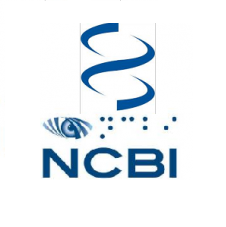Discussion
This is the first study in Canada to examine consumer preferences regarding food allergen labeling of prepackaged foods using a DCE, one of the most effective methodological techniques, consistent with economic theory. The DCE and LCM account for the heterogeneity of food labeling preferences among Canadian respondents thereby reducing the potential for bias and loss of information related to food labeling regulatory practices. Overall, the majority of respondents prefer some type of allergen labeling. The use of symbols was the most important food allergen-labeling attribute for those in class 1 (44%) and the use of symbols and a safety statement were equally important to those in class 2 (38%) of respondents, with respondents in both classes preferring both precautionary and safety symbols. Those in class 3 (18%) were essentially indifferent to allergen labeling.
Overall, the second most important food allergen labeling attribute identified was the use of the safety statement “does not contain soy, eggs, fish or shellfish”. Placement of information and the use of precautionary statements were the third and fourth most important attributes. The use of precautionary statements, such as “may contain traces of peanuts” may be preferred the least due to the ambiguity of the statement and the necessity of consumers to use their discretion in choosing or avoiding these products. Different precautionary expressions may be confusing and the level of allergic risk associated with each expression may be deemed unascertainable [30, 31]. Additionally, these statements may be viewed as causing unnecessary diet restrictions as opposed to providing informed food choices [28, 29, 31, 42].








